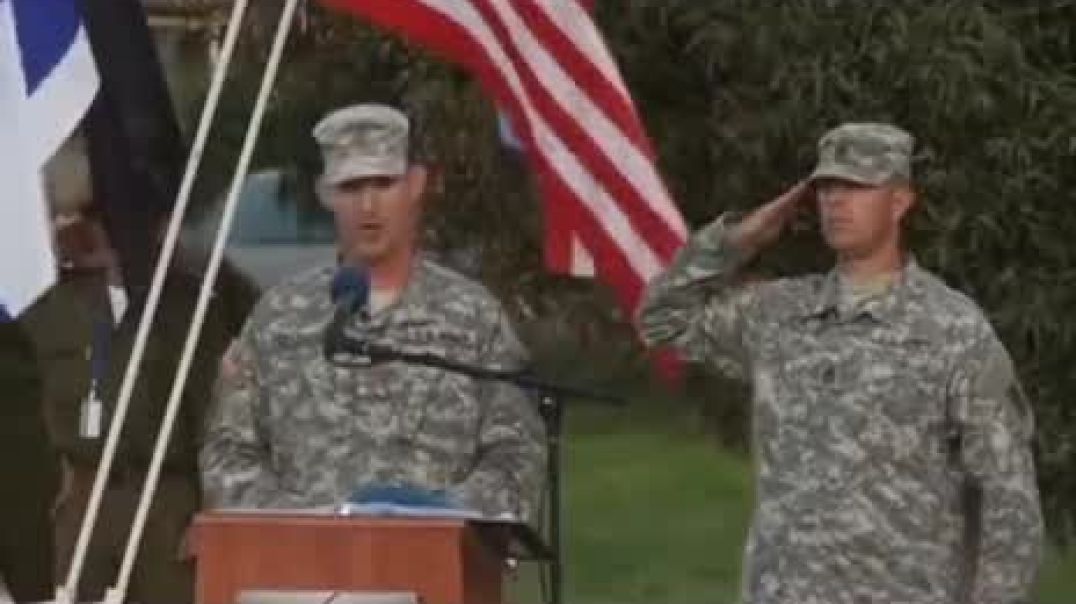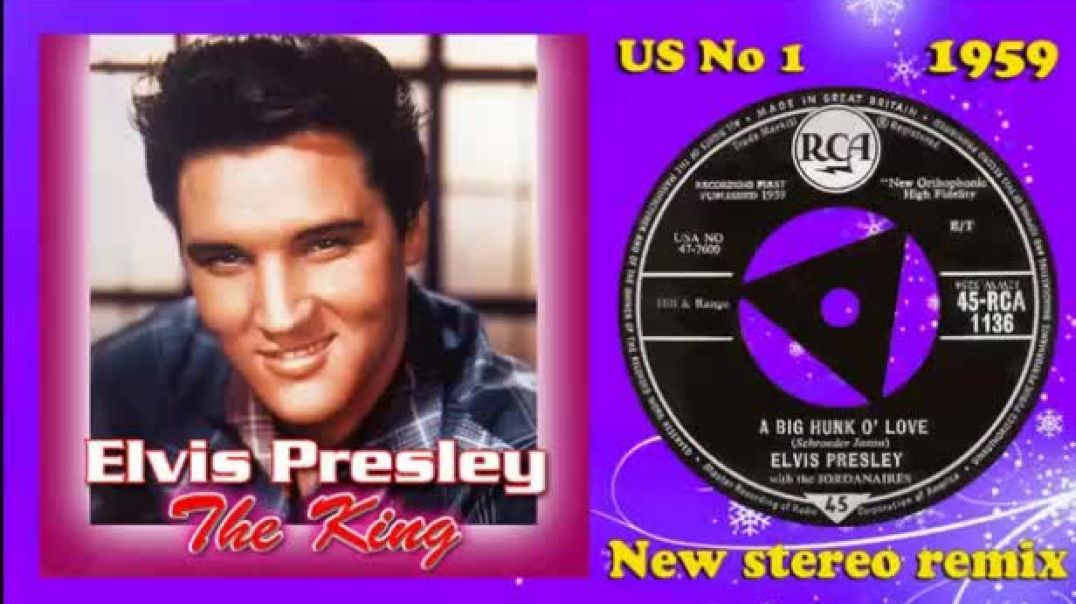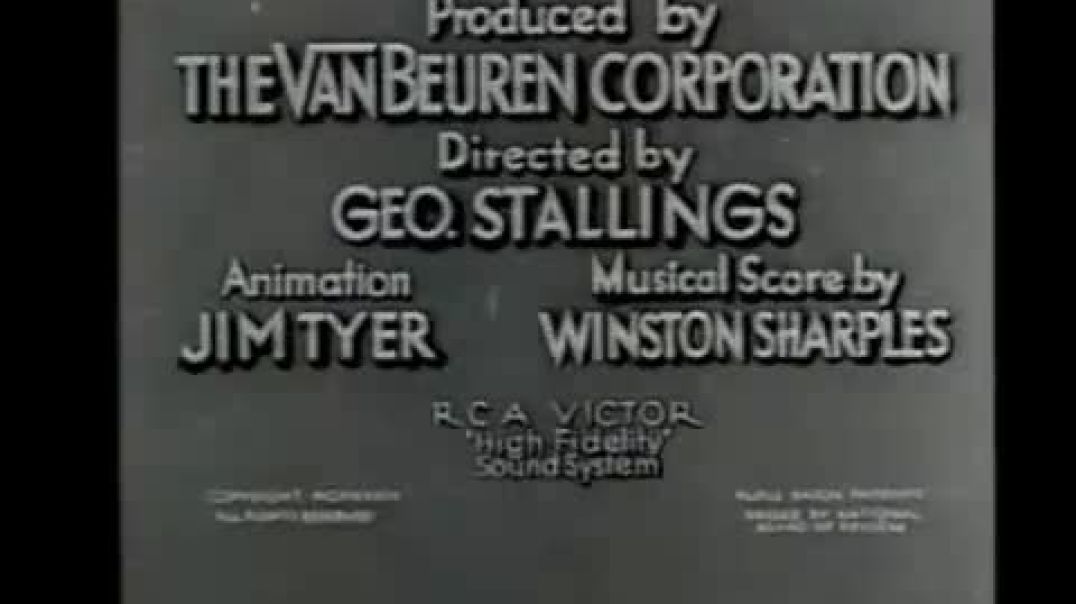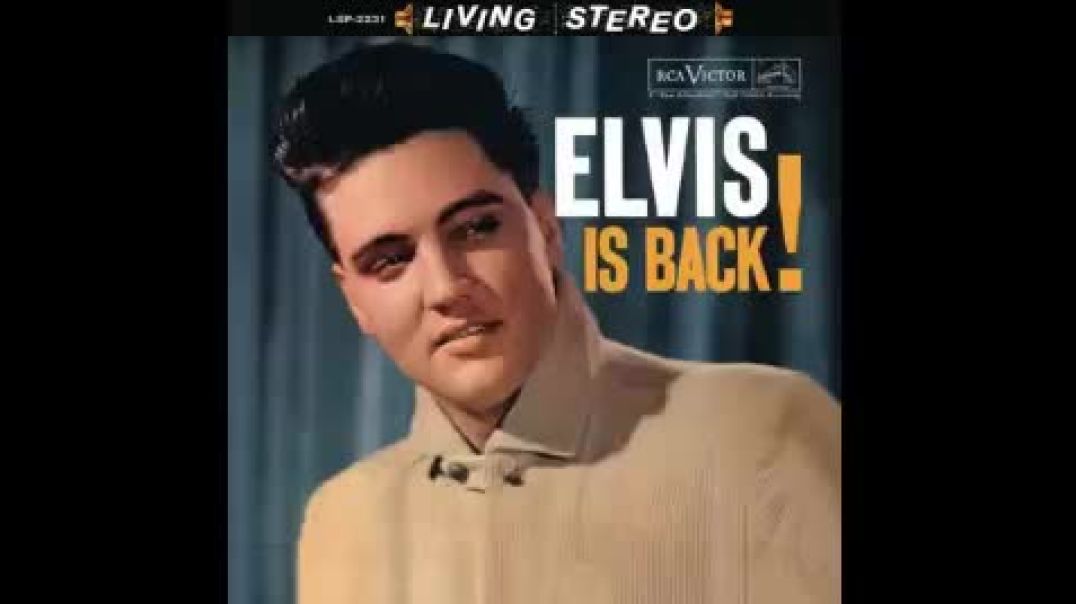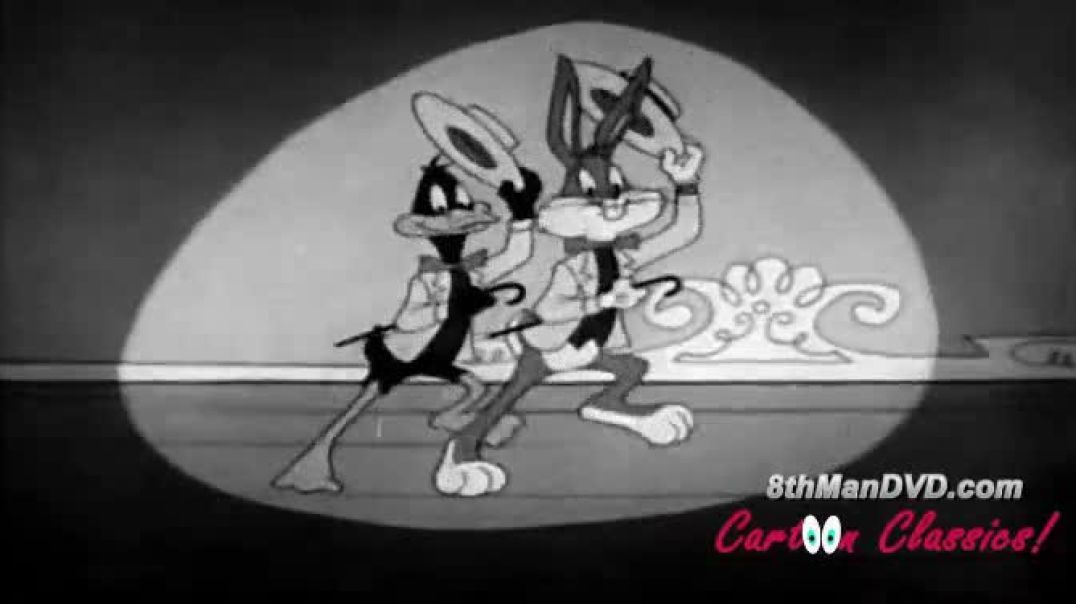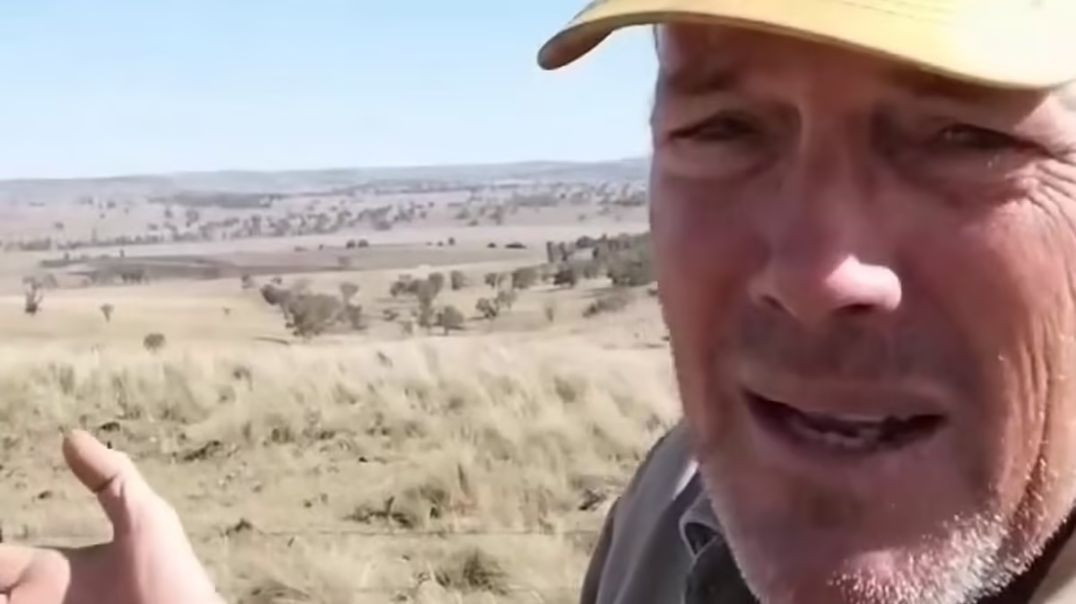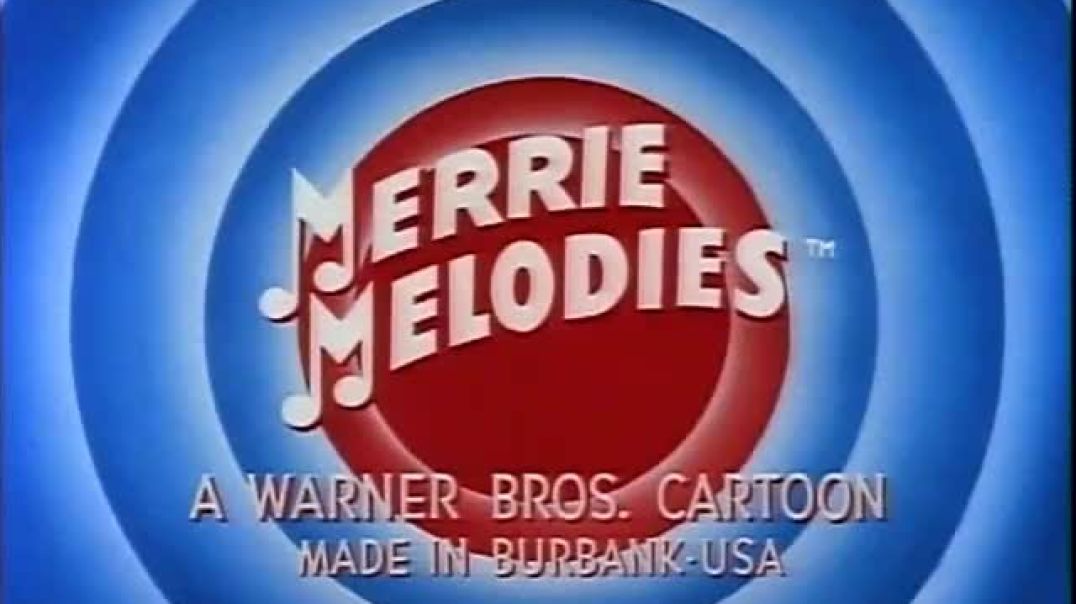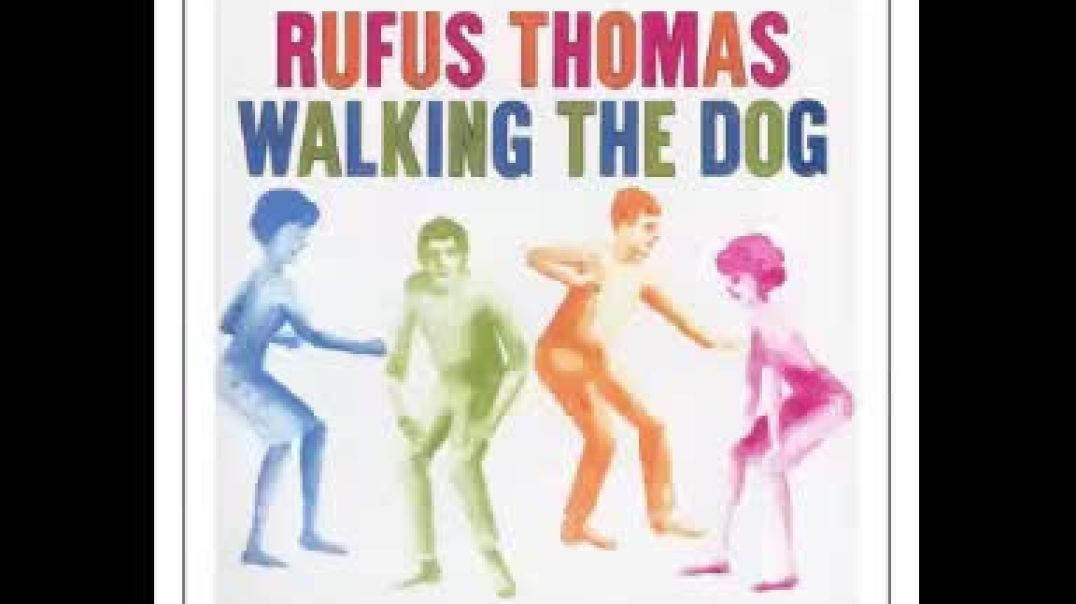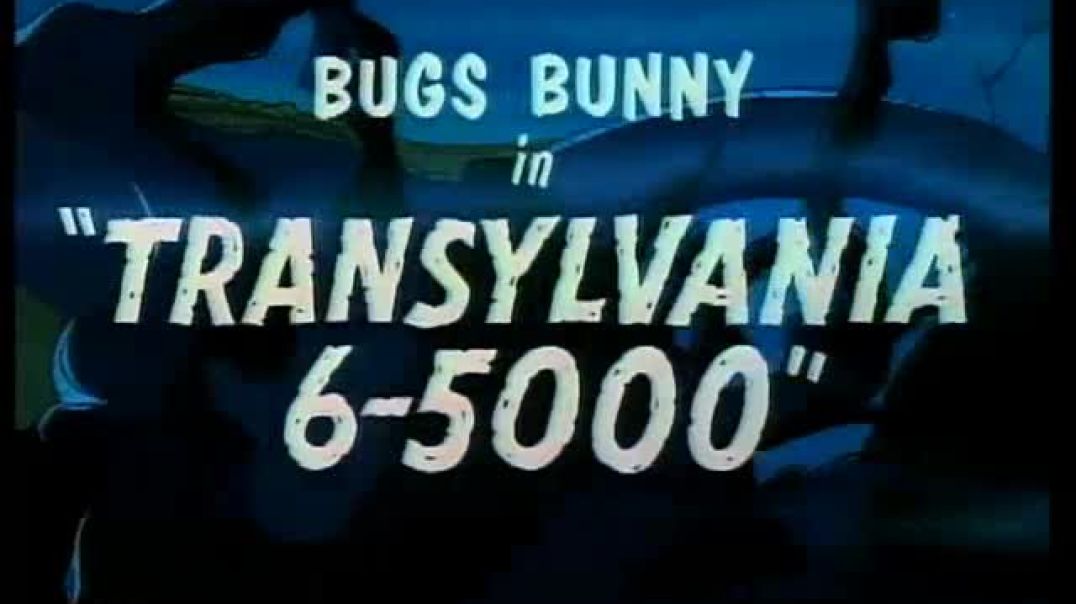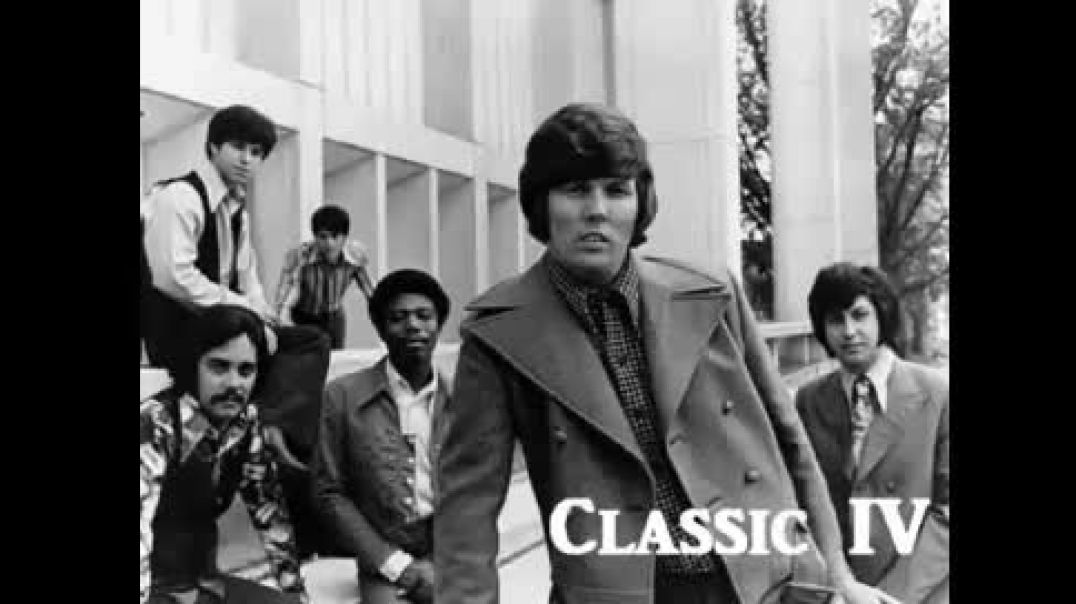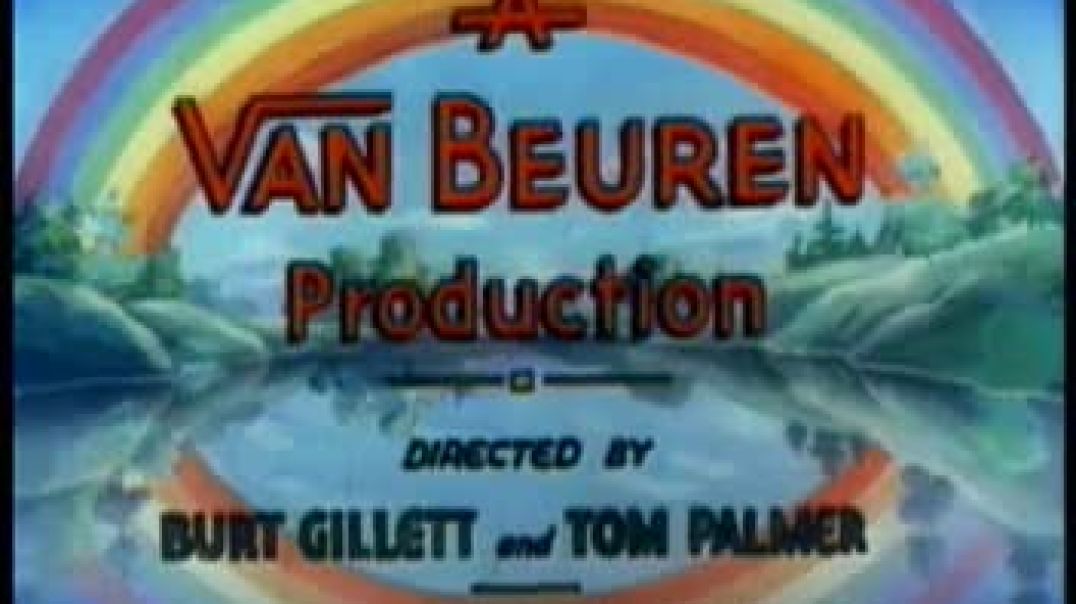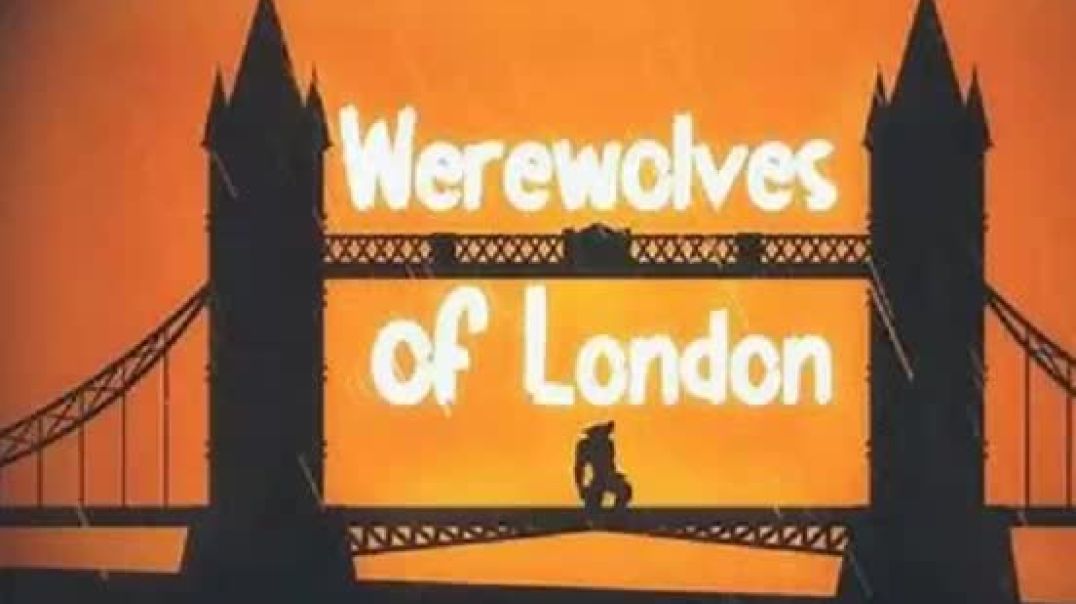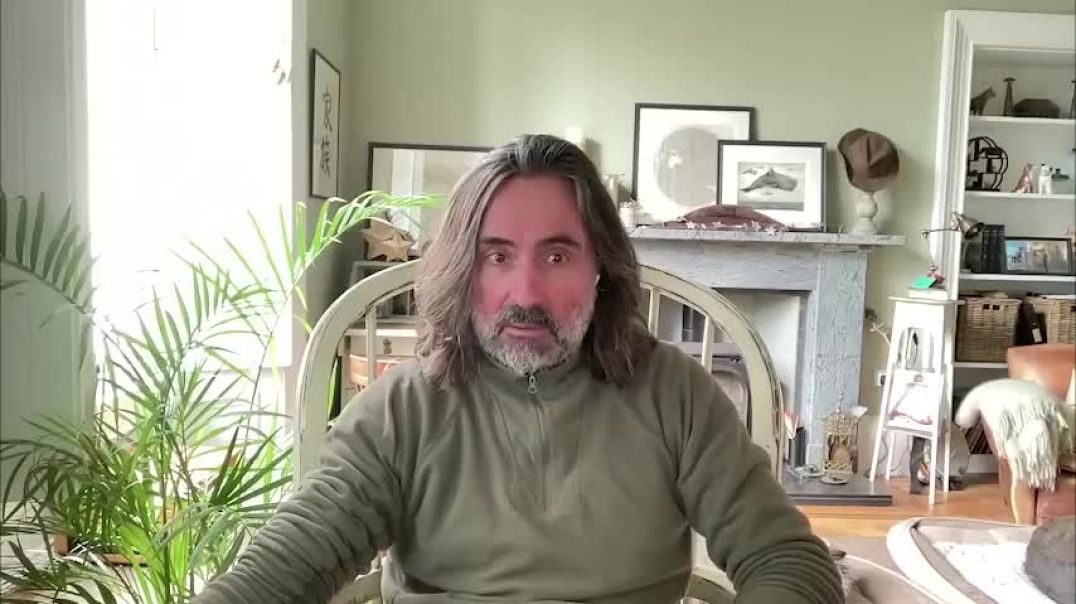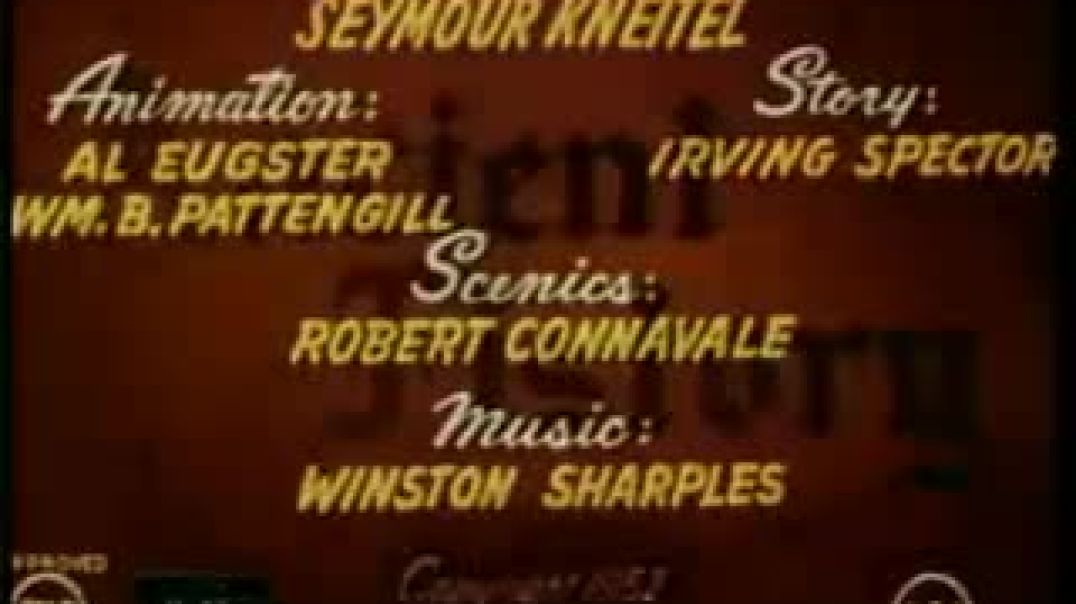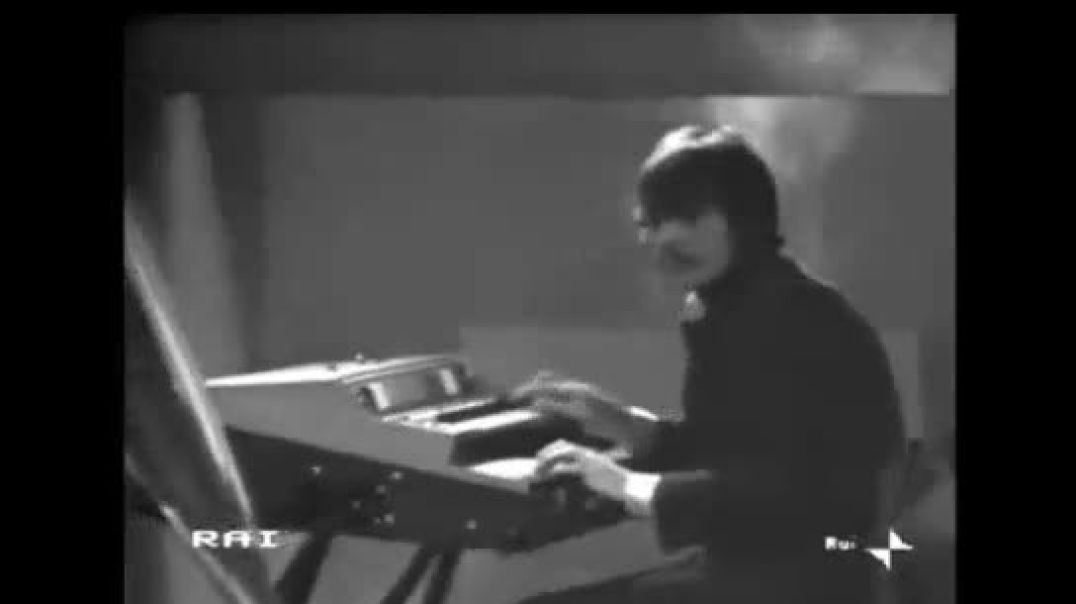Latest videos
Here’s the U.S. Army singing the Israeli national anthem.
We’re NOT a sovereign country.
ANOTHER DAY, ANOTHER OLDIE WITH AN INTERNATIONAL VERSION
INTERESTING 90 YEARS OLD CARTOON FROM 1934. I THINK NOT MANY REMEMBER 'THE LITTLE KING' CARTOON CHARACTER BUT IT'S INTERESTING TO SEE THERE WAS NOT TRAVEL BY PLANE. THE KING WAS TRAVELING BY SEA TO VISIT SOME COLONY. WHEN I WAS A LITTLE KID, THE LITTLE KING STILL APPEARED IN THE COMIC STRIPS OF THE NEWSPAPERS.
OLDIES THAT ONLY PEOPLE LIKE ME (OVER 70) REMEMBER (AND WE BOUGHT THE RECORDS).
CHILDREN CARTOONS SHOWS FROM BLACK AND WHITE TV.
What the ABC didn't bother to show you... here's the real story illustrating the ever growing geographical and environmental footprint of wind turbines—straight from an Aussie farmer.
Thank you for speaking out... new One Nation cap in the post! 🤠
CLASSIC LOONEY TUNES
WALKING THE DOG, ORIGINAL BY RUFUS THOMAS PLUS A LIVE VERSION BY JOHNNY RIVERS, ANOTHER LIVE PERFORMANCE BY JUNIOR VALENTINE AND AS A BONUS, AN INSTRUMENTAL VERSION, DONE BY COMPUTERS WITH NO REAL INSTRUMENTS.
CLASSIC LOONEY TUNES
SPOOKY IN ITS ORIGINAL VERSION BY CLASSIC IV, A LATER VERSION BY ATLANTA RHYTHM SECTION AND FINALLY A RARITY, AN INSTRUMENTAL VESION DONE TOTALLY WITH COMPUTERS, NOT REAL INSTRUMENTS.
Israeli Prime Minister Benjamin Netanyahu is Demanding that Biden Send Him More Weapons After the ID
NEW: Israeli Prime Minister Benjamin Netanyahu is demanding that Biden send him more weapons after the IDF killed 7 aid workers in Gaza.
When asked about the ongoing situation with Israel, Biden instead asked a reporter where he was from.
Reporter: “Are you abandoning Israel!?”
Biden: “Where you from, man?”
This man has no clue what’s going on.
At the End of March, the United States Allocated $300 Million in Military aid to Ukraine Under the &
At the end of March, the United States allocated $300 million in military aid to Ukraine under the "Ukraine Security Assistance Initiative" program. However, they will not give it because, as they said in Washington, it was spent back in November.
Instead, the United States will transfer fighter jets and bombs worth "billions of dollars" to Israel, writes The Washington Post.
Pentagon Inspector General Robert Storch revealed a $398.9 million overspending by the U.S. Navy on funds allocated for aid to Ukraine in fiscal year 2022.
Zelenskyy is indignant. He directly says that he does not intend to comply with the US demands not to strike Russian refineries. Kyiv's "anti-American revolt" was also manifested in the statement by the NBU that Ukraine may abandon the US dollar as the main currency for its exchange rate peg.
Such attempts to blackmail Washington look rather pitiful. Watch the video and share your opinion!
ELON: WHY SO MANY PEOPLE ARE UNHAPPY
“The average person right now has access to more information than the most powerful person on earth did in 1980 or 1990. It’s in human nature that our expectations recalibrate.
We keep setting our expectations higher; we keep moving the goalposts. As the saying goes, happiness is reality minus expectations. But if our expectations keep rising, then reality has to keep rising too.”
DOES ANYBODY REMEMBER FELIX THE CAT?
BRITISH OLDIES - WARREN ZEVON , WEREWOLVES OF LONDON.
Neil Oliver: "The climate crisis, the world at boiling point, rising sea levels, dying polar bears—it's all lies... Renewable energy is another scam... Electric vehicles are made using the energy from fossil fuels, and they're powered with electricity generated by burning more fossil fuels."
President Putin voices the conditions under which migrants will be welcome in Russia.
"Migrants must respect our traditions, language, culture and history!"
Now imagine a western leader saying this...
Russia Drops BOMBSHELL on Western Pharmaceutical Companies Pfizer, AstraZeneca and Celltrion EXPOSIN
❗Russia drops BOMBSHELL on Western pharmaceutical companies Pfizer, AstraZeneca and Celltrion EXPOSING them for testing vaccines on Ukrainian's in Mariupol before Russian finally liberated the city!
CLASSIC POPEYE
A BEAUTIFUL SONG FROM THE 60s AND THE BONUS VERSION FROM SPAIN BY CRISTINA Y LOS STOP.
